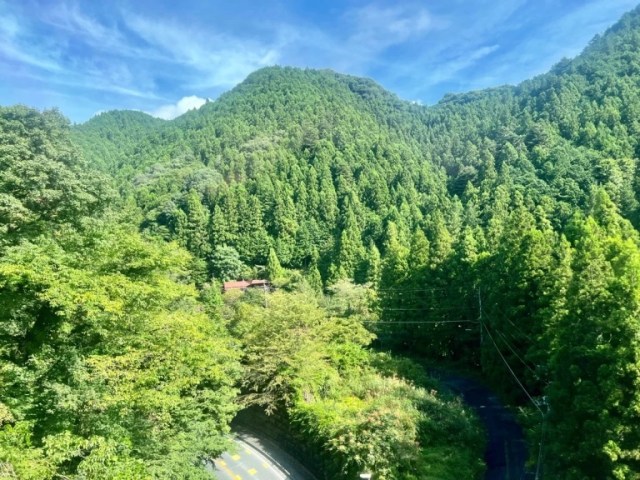
Chains, stoves, and coffee in the mountains of Hanno.
With SoraNews24 headquarters located in Tokyo’s downtown Shinjuku district, our Japanese-language reporter Go Hatori spends most of his days in a heavily urban environment. Recently, though, he’s felt an overwhelming urge to go for a hike in the mountains.
Actually, the hiking part is really just a connected activity for what Go has really been wanting to do: eat lunch in the mountains. And not some store-bought bento that’s gotten lukewarm while on the trail. Go’s daydream these days is to enjoy mountain meshi, a hot, freshly cooked meal on a mountaintop, like you see on camping TV programs and anime series.
Unfortunately, Go doesn’t really know all that much about hiking, and while he used to work in a restaurant, his experience is in cooking indoors with a full kitchen. So for the kind of mountain meal he was craving, Go was going to need some help, and that’s where Yuka comes in.
▼ Hi, Yuka!
Yuka is an old friend of Go’s who works as a personal trainer. About three years ago she started getting really into hiking, and she now hikes to the top of a mountain at least once a week, if not more. After Go told her what he wanted to do, she happily agreed to be his guide, and even gave him a clothing/equipment checklist:
● Backpack
● Long pants (to keep bugs off your legs)
● Hiking boots
● Hat
● Wristwatch
● Non-slip gloves
● Rainwear (waterproof parka or poncho)
● Head strap light (in case it gets dark on the trails)
● Trash bags
● Wet tissues
● Band-aids
● Water (always assume there won’t be a place to buy it on the trail)
● Cash (rural shops and public transportation are less likely to take credit cards or e-money cards)
● Mobile battery if your phone doesn’t have a full charge
● A plastic sheet to sit on if you don’t want to get your pants dusty/muddy
As for cooking gear, Yuka’s list is:
● Mess tin
● Aluminum plate
● Portable cooking stove
● Solid cooking fuel
● Eating utensils (fork, spoon, chopsticks)
● Seasoning case
● Cooking grill
● Lighter
● Hot sandwich press
● Ziploc bags
All of that she was able to buy at 100 yen shop Daiso, with the exception of her Coleman-brand sandwich press and a second Mont-Bell cooking stove.
For the hike, Go and Yuka were headed to the top of Mt. Izugatake in Hanno, Saitama Prefecture. Go got up bright and early and hopped on the train for Shomaru Station on the Seibu Chichibu Line, about an hour and 15 minutes north of downtown Tokyo, where he rendezvoused with Yuka.
From the station, they started walking upwards along the road until they got to this cone which marks the official start of the trail.
Once they were off the paved road, it was only a matter of moments until they were surrounded the dense forest.
Go felt lost almost immediately, but thankfully he had Yuka’s experienced eyes and hiker’s knowledge to rely on.
“See those trees with the pink tape on them?” said Yuka, who’s done this course before. “You can spot that, or trees marked with paint, at parts of this trail where it’s easy to get lost, and they’ll show you the way to go.”
Pathfinding turned out to not be a problem, though, since Go could just follow Yuka. “It’s best of you can keep a steady pace from start to finish” she explained, while slowing her steps enough to not leave Go behind. “Oh, and you want to use your glutes when going uphill,” Yuka advised, rather than putting all the stress on your knees or ankles.
At parts the path was crisscrossed by a stream, with fallen logs serving as makeshift bridges.
The early part of the hike was shaded by the tree canopy, but in time they were rewarded with this gorgeous vista.
This is the top of Mt. Kodakayama, at an elevation of 720 meters (2,362). If you remember, though, Go and Yuka’s destination was the top of Mt. Izugatake, with the path continue on to and is 131 meters up from here. And when we say up…
…we mean UP.
While the route from the top of Kodakayama to the top of Izugatake isn’t completely vertical, there’s a part of it where you pull yourself upwards using chains that are hammered into the mountainside rock.
This sort of set-up isn’t extremely unusual in Japan, but this is still a pretty dramatic example for what’s a hiking course (as opposed to a straight-up mountain climbing course). It’s both a challenging workout and a fun adventure, and as Go paused atop one section, he couldn’t help feeling a sense of accomplishment.
Just one more chain section to go…
…and they were at the top of Izugatake, at an elevation of 851 meters!
Now it was time to do what they had come here to do: cook and eat lunch.
Once again, Yuka’s experience was on full display as she swiftly set up the cooking equipment. The key to mountaintop cooking, she told Go, is to do as much prep work as possible at home. Anything that needs to be measured, chopped, or peeled is a lot easier to do in your kitchen than it is in the great outdoors, like with Yuka’s pre-measured bags of rice to cook.
With her mess tin and portable stove, Yuka had the rice going in hardly any time at all. She even had a metal partition to keep the flame from being blown out by any sudden gusts of wind.
As the rice cooked, she used her second stove to whip up some side dishes, like a pan of chestnuts, sweet potato, and mochi dumplings simmered in amazake (a non-alcoholic sweet sake).
▼ Just the thing for an autumn appetizer.
The sandwich press was put to use with a banh mi-inspired mix of meat and vegetables.
And with the rice now ready, Yuka added some nikomi-style simmered meat and vegetables that were leftovers from her dinner the night before.
Everything was delicious, and Go basked in the bliss of the rustic luxury of eating a tasty hot meal so far from civilization. As a finishing touch, Yuka even brewed them some fresh coffee to sip in the fresh mountain air.
We should mention that Yuka also gave Go some manners tips for mountain meals. Leaving any kind of trash or scraps behind is an absolute no-no, which is why her equipment checklist includes trash bags: she and Go were going to carry all of their trash back out with them. That goes for the coffee too. She only makes as much as she knows she and her companions are going to drink, and refuses to dump any into the bushes.
Happy and full, Go and Yuka relaxed and digested for a while, but before long it was time to pack up and head back down. Mountain trails get dark even before sunset, to she always plans to head back to the bottom at around three or so (the head strap lights on her checklist are a backup precaution).
The walk down obviously took less time then the hike up, and they were back at the start of the trail about four hours after they’d started their ascent. “Haha, hey, if you got up crazy early, you could probably even hike up to the top of a mountain and be back down in time to go to work on a weekday, couldn’t you?” Go joked, to which Yuka replied:
“Yeah, sure, I do that sometimes.”
Go’s not sure he’s hardcore enough for a pre-work mountaintop breakfast just yet, but he’d definitely be happy to do another weekend lunch.
Photos ©SoraNews24
● Want to hear about SoraNews24’s latest articles as soon as they’re published? Follow us on Facebook and Twitter!
[ Read in Japanese ]

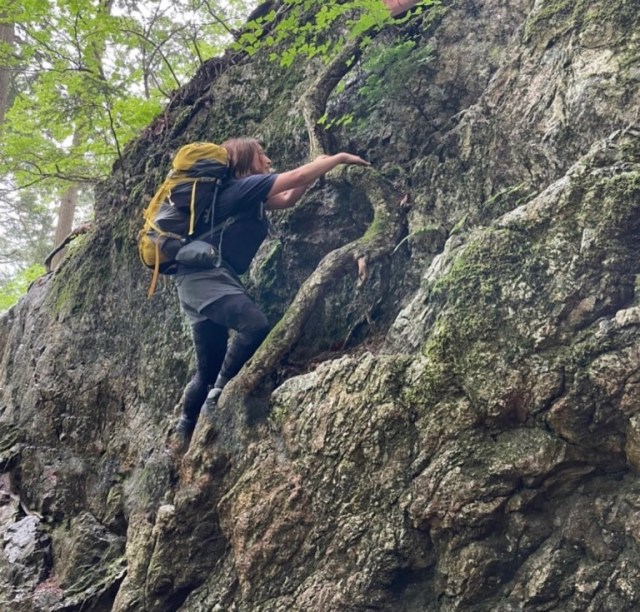
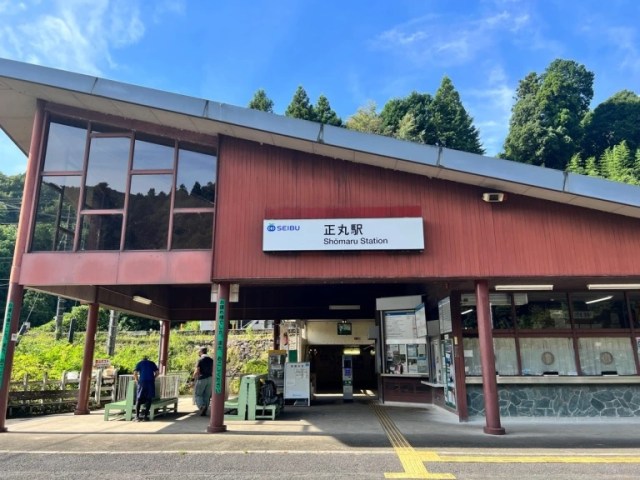
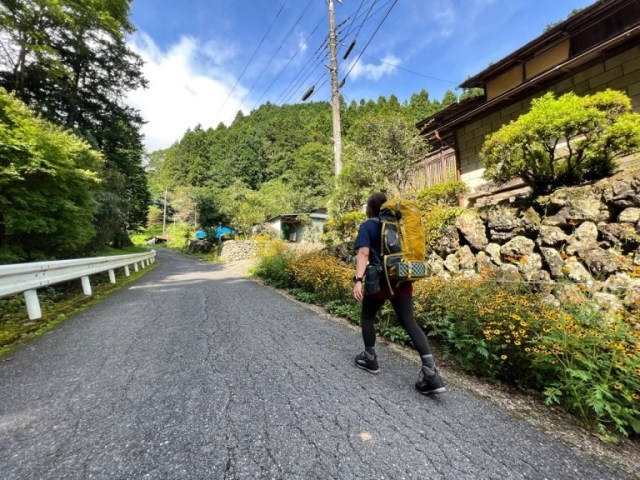
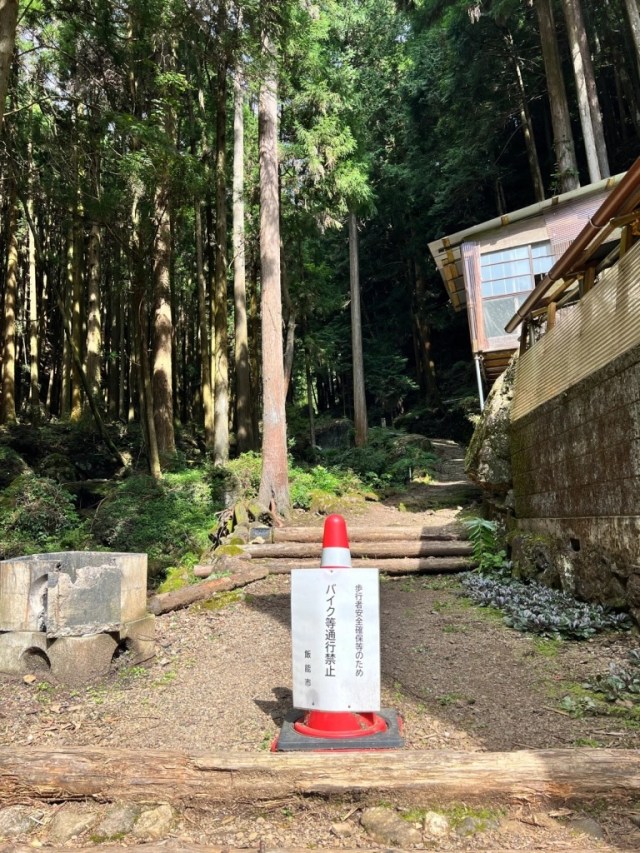
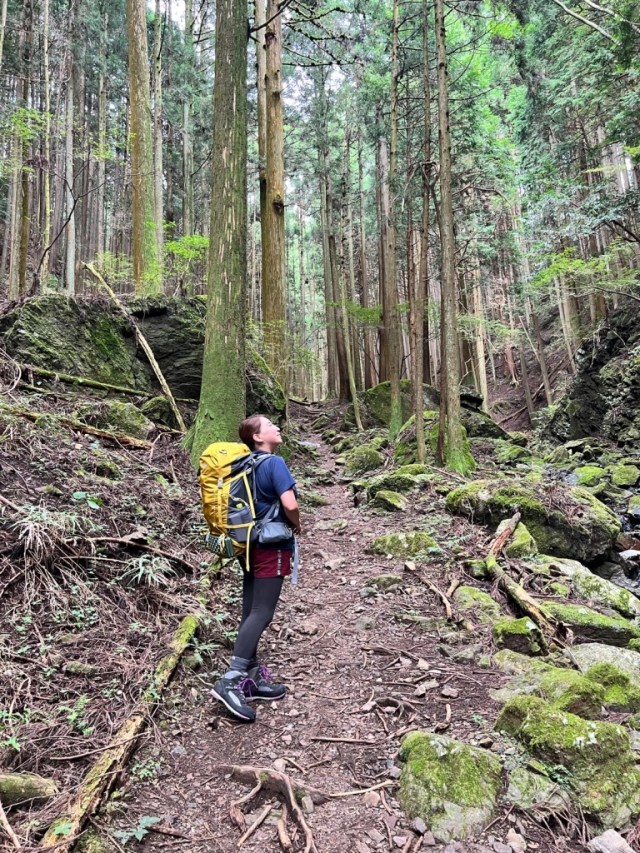
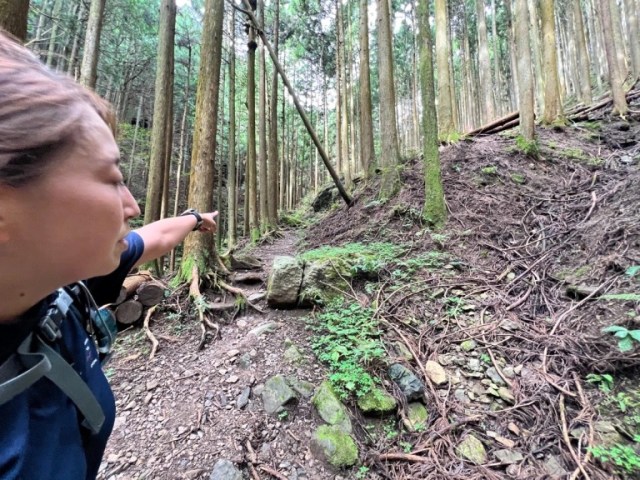
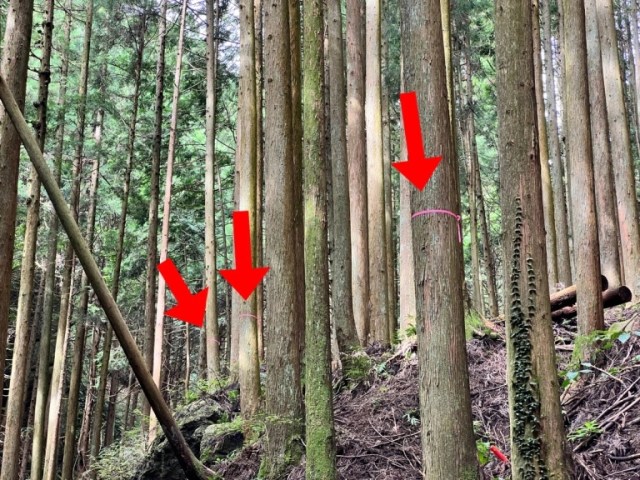
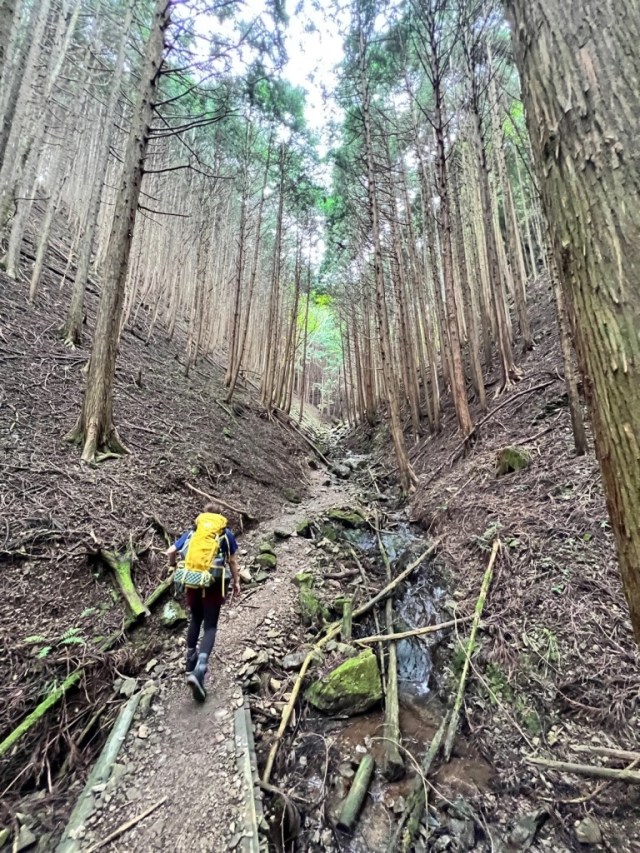
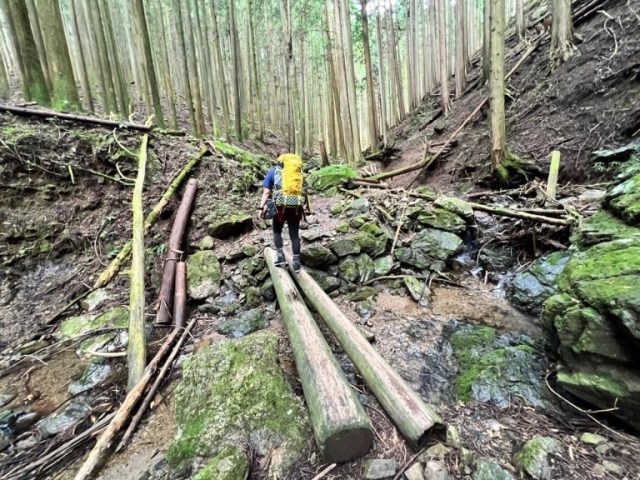
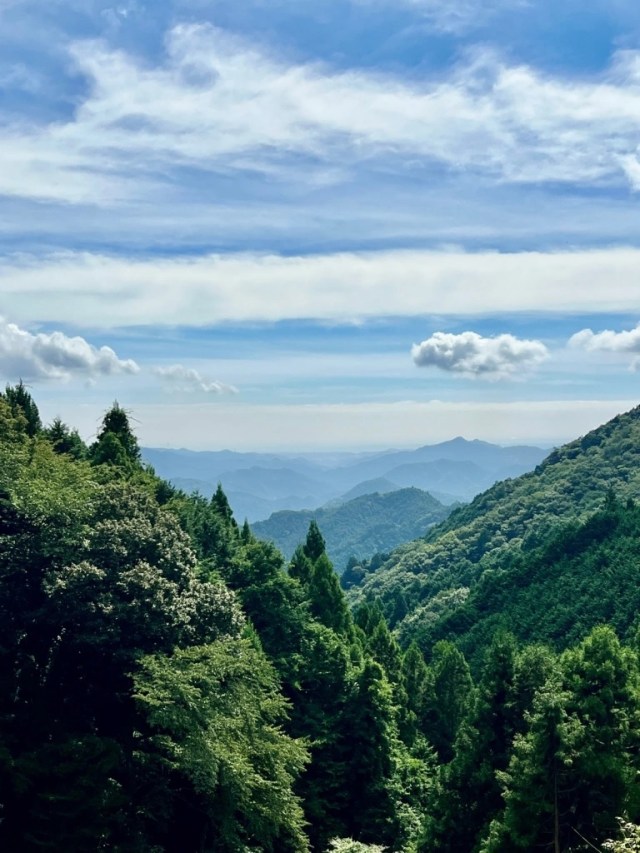
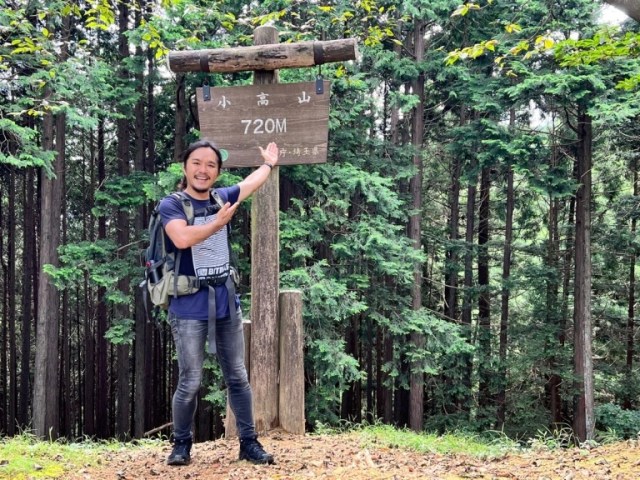
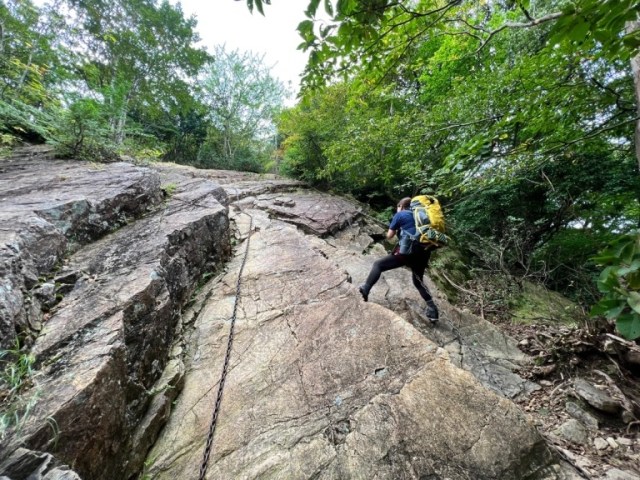
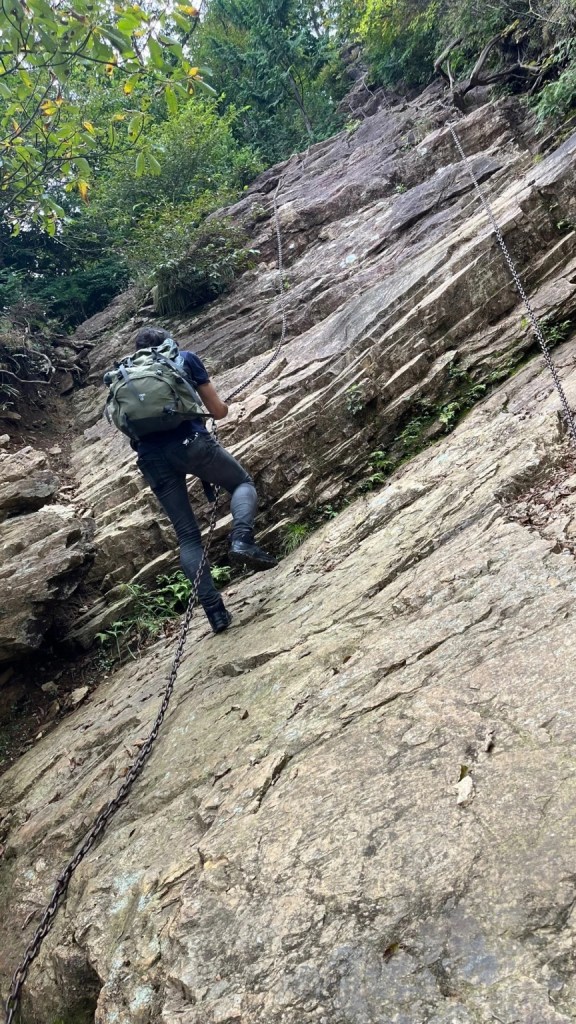
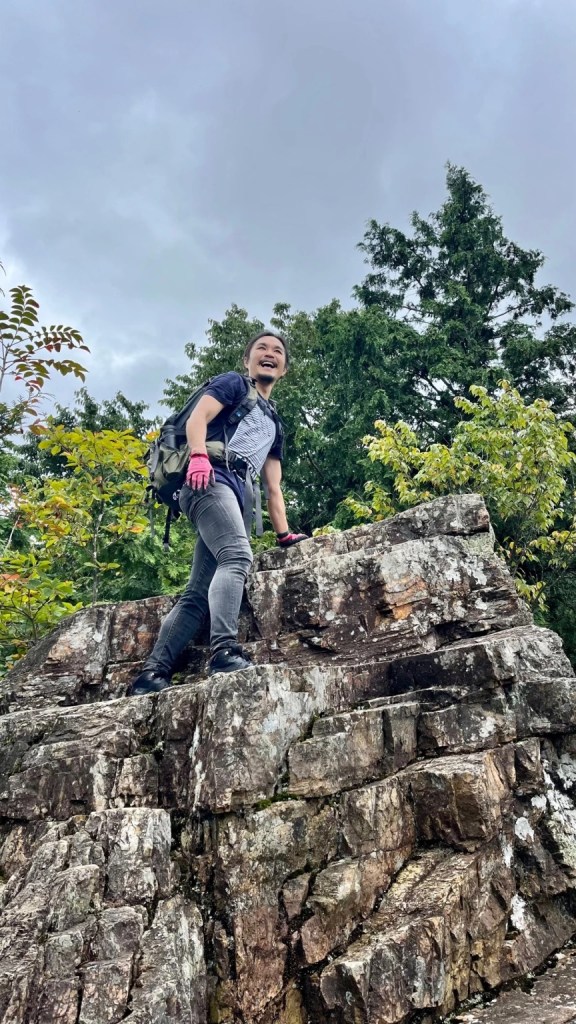
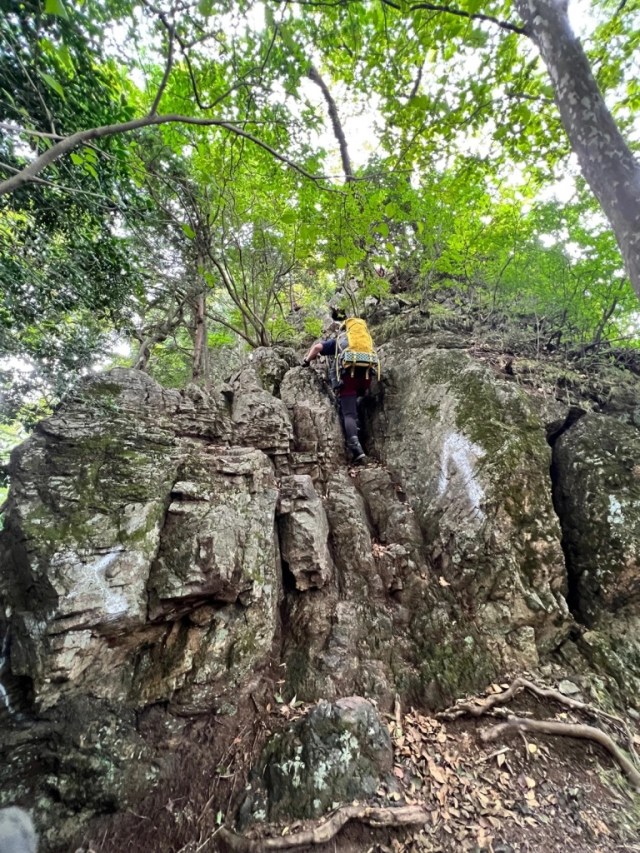
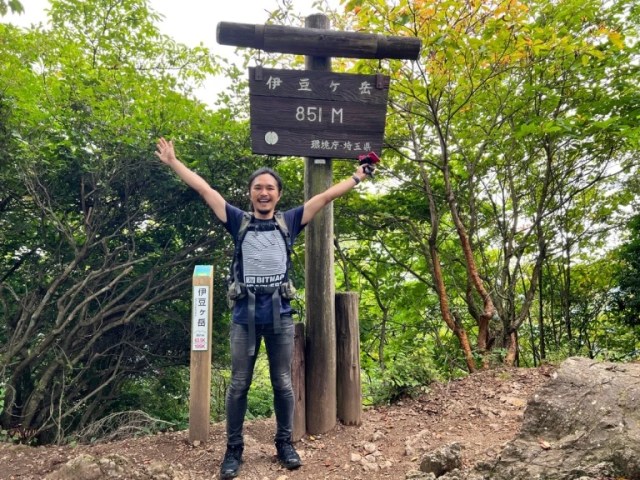

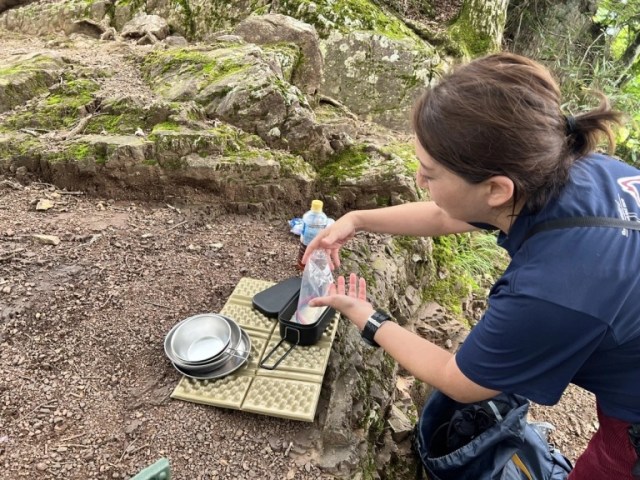
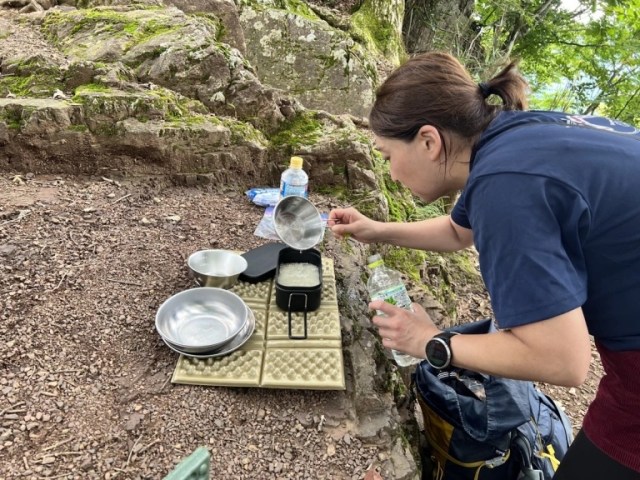
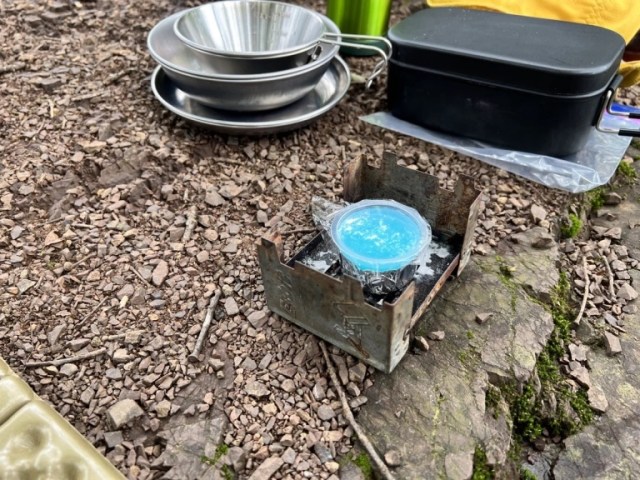
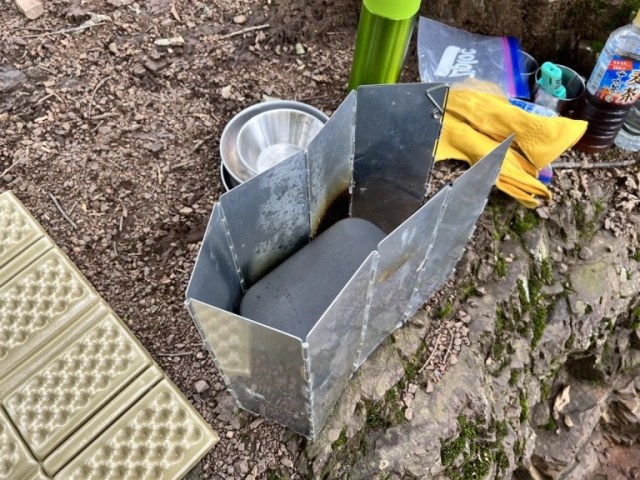
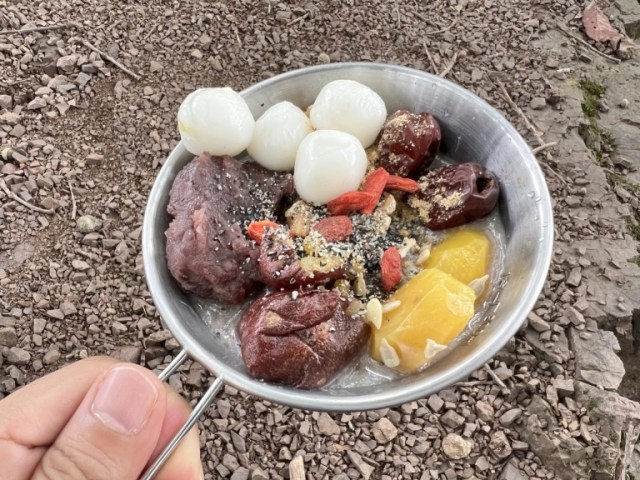
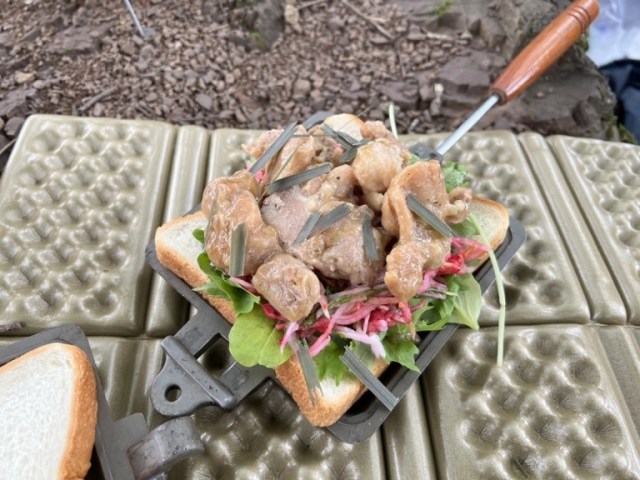
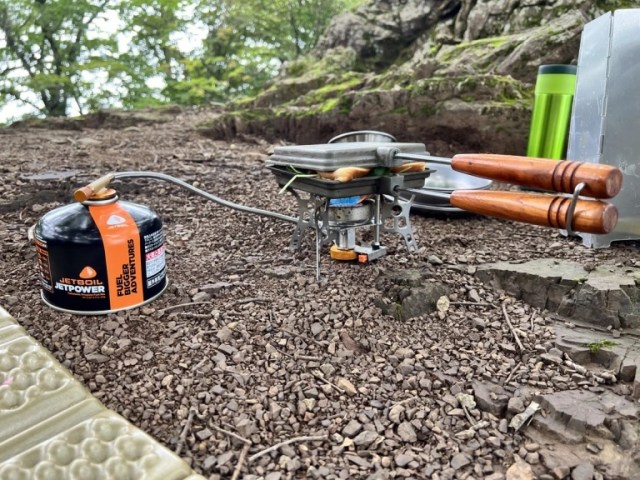
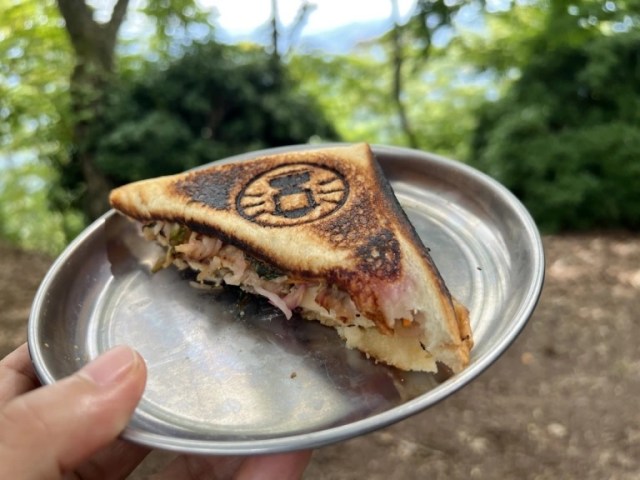
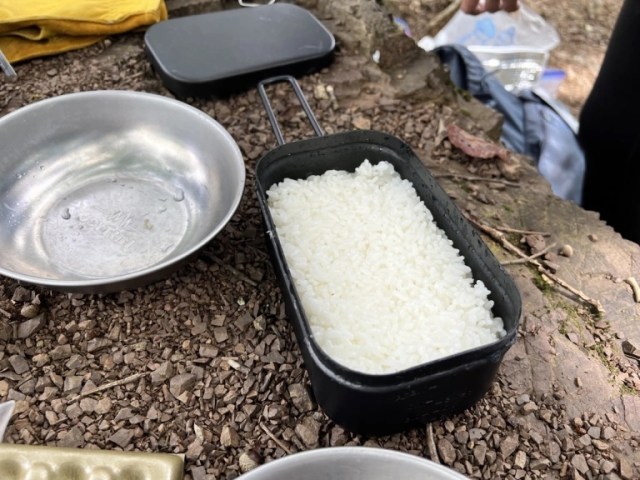
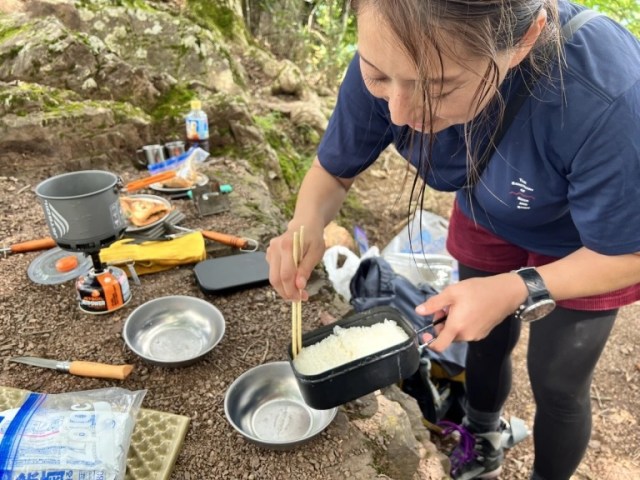
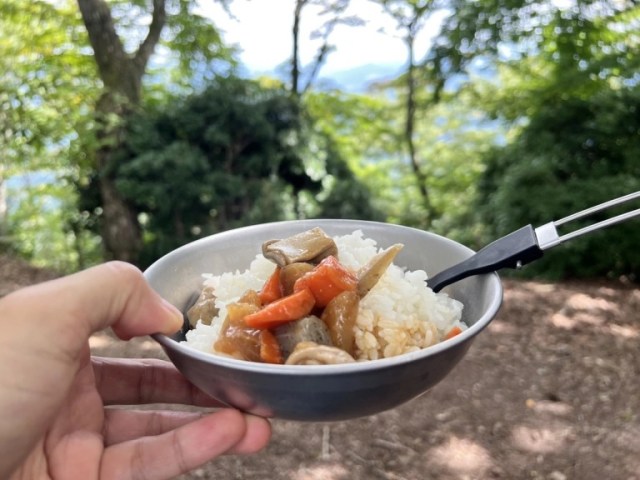
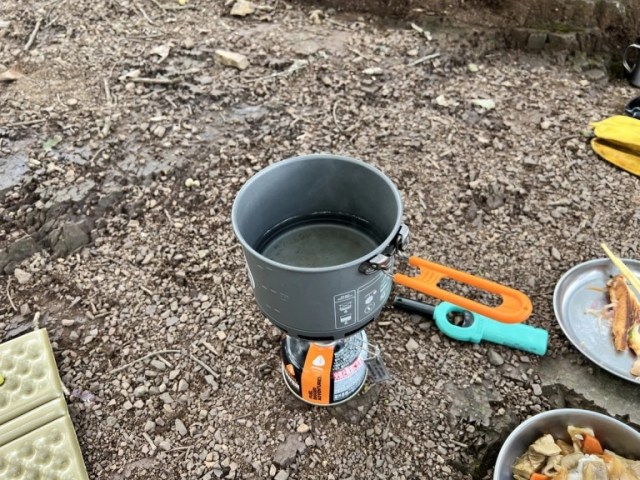

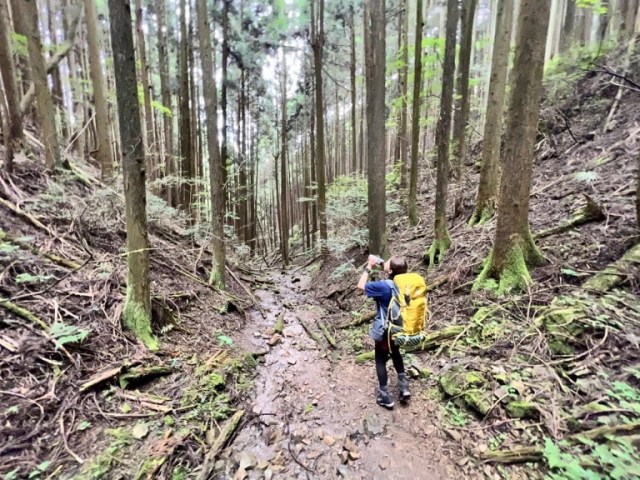
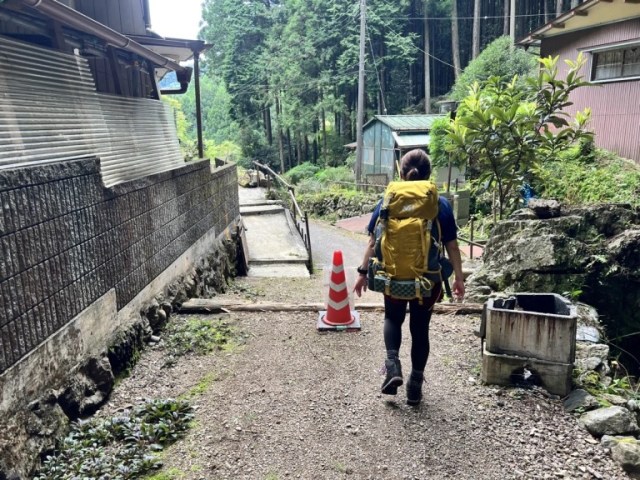
 Ghibli New Year’s Totoro decoration sells out online, but there’s still a way you can get one
Ghibli New Year’s Totoro decoration sells out online, but there’s still a way you can get one Come camp with us on Mt. Jinbagata, the best view you can get without breaking a sweat【SoraCamp】
Come camp with us on Mt. Jinbagata, the best view you can get without breaking a sweat【SoraCamp】 Hiking restrictions result in huge drop in climbing accidents, with zero on Mt. Fuji
Hiking restrictions result in huge drop in climbing accidents, with zero on Mt. Fuji Search for live-streamer who fell from Mt. Fuji finds badly damaged corpse half-mile below peak
Search for live-streamer who fell from Mt. Fuji finds badly damaged corpse half-mile below peak Rice balls that can last for 100 days at room temperature? Kyoto company makes high-protein onigiri
Rice balls that can last for 100 days at room temperature? Kyoto company makes high-protein onigiri McDonald’s new Happy Meals offer up cute and practical Sanrio lifestyle goods
McDonald’s new Happy Meals offer up cute and practical Sanrio lifestyle goods All-you-can-drink Starbucks and amazing views part of Tokyo’s new 170 meter-high sky lounge
All-you-can-drink Starbucks and amazing views part of Tokyo’s new 170 meter-high sky lounge Studio Ghibli glasses cases let anime characters keep an eye on your spectacles
Studio Ghibli glasses cases let anime characters keep an eye on your spectacles McDonald’s Japan releases a pancake pie for new retro kissaten coffeeshop series
McDonald’s Japan releases a pancake pie for new retro kissaten coffeeshop series Super Nintendo World expansion gets delayed for several months at Universal Studios Japan
Super Nintendo World expansion gets delayed for several months at Universal Studios Japan Kyoto’s 100 Demons yokai monster parade returns!
Kyoto’s 100 Demons yokai monster parade returns! Hamster abandoned at Tokyo ramen restaurant gets new home
Hamster abandoned at Tokyo ramen restaurant gets new home Dead body found in real-life Totoro’s Forest in Japan
Dead body found in real-life Totoro’s Forest in Japan Starbucks reopens at Shibuya Scramble Crossing with new look and design concept
Starbucks reopens at Shibuya Scramble Crossing with new look and design concept Beautiful Sailor Moon manhole cover coasters being given out for free by Tokyo tourist center
Beautiful Sailor Moon manhole cover coasters being given out for free by Tokyo tourist center Disney princesses get official manga makeovers for Manga Princess Cafe opening in Tokyo
Disney princesses get official manga makeovers for Manga Princess Cafe opening in Tokyo More foreign tourists than ever before in history visited Japan last month
More foreign tourists than ever before in history visited Japan last month Beautiful new Final Fantasy T-shirt collection on the way from Uniqlo【Photos】
Beautiful new Final Fantasy T-shirt collection on the way from Uniqlo【Photos】 Is the new Shinkansen Train Desk ticket worth it?
Is the new Shinkansen Train Desk ticket worth it? Foreign English teachers in Japan pick their favorite Japanese-language phrases【Survey】
Foreign English teachers in Japan pick their favorite Japanese-language phrases【Survey】 Japanese convenience store packs a whole bento into an onigiri rice ball
Japanese convenience store packs a whole bento into an onigiri rice ball We try out “Chan Ramen”, an underground type of ramen popular in the ramen community
We try out “Chan Ramen”, an underground type of ramen popular in the ramen community Studio Ghibli releases Kiki’s Delivery Service chocolate cake pouches in Japan
Studio Ghibli releases Kiki’s Delivery Service chocolate cake pouches in Japan Japan’s bone-breaking and record-breaking roller coaster is permanently shutting down
Japan’s bone-breaking and record-breaking roller coaster is permanently shutting down New definition of “Japanese whiskey” goes into effect to prevent fakes from fooling overseas buyers
New definition of “Japanese whiskey” goes into effect to prevent fakes from fooling overseas buyers Our Japanese reporter visits Costco in the U.S., finds super American and very Japanese things
Our Japanese reporter visits Costco in the U.S., finds super American and very Japanese things Studio Ghibli unveils Mother’s Day gift set that captures the love in My Neighbour Totoro
Studio Ghibli unveils Mother’s Day gift set that captures the love in My Neighbour Totoro Foreign passenger shoves conductor on one of the last full runs for Japan’s Thunderbird train
Foreign passenger shoves conductor on one of the last full runs for Japan’s Thunderbird train Domino’s Japan now sells…pizza ears?
Domino’s Japan now sells…pizza ears? New Japanese KitKat flavour stars Sanrio characters, including Hello Kitty
New Japanese KitKat flavour stars Sanrio characters, including Hello Kitty Kyoto creates new for-tourist buses to address overtourism with higher prices, faster rides
Kyoto creates new for-tourist buses to address overtourism with higher prices, faster rides Sales of Japan’s most convenient train ticket/shopping payment cards suspended indefinitely
Sales of Japan’s most convenient train ticket/shopping payment cards suspended indefinitely Sold-out Studio Ghibli desktop humidifiers are back so Totoro can help you through the dry season
Sold-out Studio Ghibli desktop humidifiers are back so Totoro can help you through the dry season Japanese government to make first change to romanization spelling rules since the 1950s
Japanese government to make first change to romanization spelling rules since the 1950s Ghibli founders Toshio Suzuki and Hayao Miyazaki contribute to Japanese whisky Totoro label design
Ghibli founders Toshio Suzuki and Hayao Miyazaki contribute to Japanese whisky Totoro label design Doraemon found buried at sea as scene from 1993 anime becomes real life【Photos】
Doraemon found buried at sea as scene from 1993 anime becomes real life【Photos】 Tokyo’s most famous Starbucks is closed
Tokyo’s most famous Starbucks is closed One Piece characters’ nationalities revealed, but fans have mixed opinions
One Piece characters’ nationalities revealed, but fans have mixed opinions We asked a Uniqlo employee what four things we should buy and their suggestions didn’t disappoint
We asked a Uniqlo employee what four things we should buy and their suggestions didn’t disappoint Princesses, fruits, and blacksmiths: Study reveals the 30 most unusual family names in Japan
Princesses, fruits, and blacksmiths: Study reveals the 30 most unusual family names in Japan Mt. Fuji is officially closed for the year
Mt. Fuji is officially closed for the year Names of 10 Kyoto Animation arson victims released, family and friends offer words of remembrance
Names of 10 Kyoto Animation arson victims released, family and friends offer words of remembrance Japan’s five easiest-to-get-lost-on mountain trails are like alpine brain teasers【Photos】
Japan’s five easiest-to-get-lost-on mountain trails are like alpine brain teasers【Photos】 Barricades placed on Mt. Fuji as mountain officially closes because of coronavirus【Video】
Barricades placed on Mt. Fuji as mountain officially closes because of coronavirus【Video】 Mt. Fuji is now open again following 2020 shutdown
Mt. Fuji is now open again following 2020 shutdown Our top 3 cafes in Azabudai Hills, Tokyo’s newest and possibly swankiest shopping complex
Our top 3 cafes in Azabudai Hills, Tokyo’s newest and possibly swankiest shopping complex This beautiful mountaintop Buddha carving in Japan is much newer than it looks【Photos】
This beautiful mountaintop Buddha carving in Japan is much newer than it looks【Photos】 Bacon-fried Oreos make a greasily delicious appearance in Japanese kitchens
Bacon-fried Oreos make a greasily delicious appearance in Japanese kitchens Human traffic jam on Mt. Fuji shows why weekdays are the best days to hike the symbol of Japan
Human traffic jam on Mt. Fuji shows why weekdays are the best days to hike the symbol of Japan How to make a McDonald’s hamburger twice as delicious: Turn it into a waffle!【SoraKitchen】
How to make a McDonald’s hamburger twice as delicious: Turn it into a waffle!【SoraKitchen】 Kirishima Geopark: Trekking through a bonsai forest in the clouds 【Photos】
Kirishima Geopark: Trekking through a bonsai forest in the clouds 【Photos】 Our team turns into old men on Respect for the Elderly Day with the magic of A.I. photo editing
Our team turns into old men on Respect for the Elderly Day with the magic of A.I. photo editing Is a camping toaster from Daiso any good? We tested one so you don’t have to!
Is a camping toaster from Daiso any good? We tested one so you don’t have to! Live-streamer who slipped and died on Mt Fuji wins Darwin Award
Live-streamer who slipped and died on Mt Fuji wins Darwin Award Otter mascot character Shinjo-kun kicks butt at Street Fighter tournament in full costume【Video】
Otter mascot character Shinjo-kun kicks butt at Street Fighter tournament in full costume【Video】
Leave a Reply